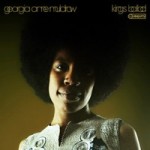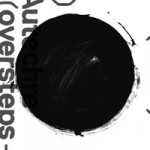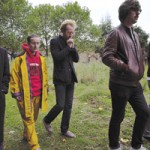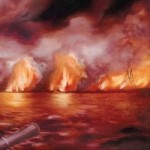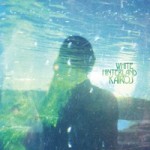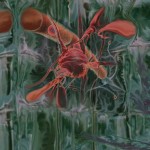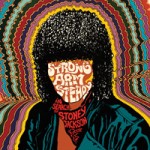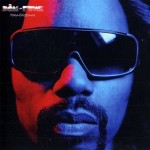Review
Pitchfork
March 26, 2010
Link
6.1
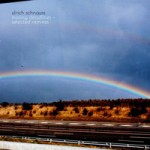
As a teenager in Kiel, Germany in the early 90s, Ulrich Schnauss discovered bands like Ride and My Bloody Valentine by tuning in to British armed forces radio. “As soon as I put the headphones on,” he says, “the world seemed to be a nicer place.” Nearly 20 years later, after three albums and a slew of remixes, Schnauss still seems engrossed with those lush sounds. Like Sonic Cathedral, the British club night and label that embraces shoegaze in all its permutations, he takes a wide-angle view of the genre, seeing it as a current that runs through many different eras. The solid source material he reworked for the remix collection Missing Deadlines– which ranges from solo work by members of Slowdive and Ride to songs by Rainbirds’ frontwoman Katharina Franck and the John Tejada/Takeshi Nishimoto project I’m Not a Gun– speaks to this sense of related history and possibility.
Taken as a whole, though, Schnauss’ treatment of these tracks is aesthetically redundant. Prone to creating ethereal music that sometimes skews toward being too amiable, many of Schnauss’ remixes sound like pretty shoegaze setpieces, orchestrated to create a familiar emotional payoff with tricks we’ve heard many times before. While he pulls some of the songs in a more dance-friendly direction, his bent guitars, clouds of static, and vocal echoes have a way of blending together here.
Take Madrid’s “Out to Sea”, a track built around bright synths, gentle guitar, and breathy vocals. Schnauss’ remake bathes it in warm synths and gauzy vocals, softens the guitar, and washes out the sound, placing a halo around the song for emphasis. That dreamy haze also seeps into his treatment of “Remembrance”, a single by the Joy Division-influenced Dragons that’s smoothed over with bent vocals and thick, swirling layers of suspended synths. Mojave 3’s epic “Blurbird of Happiness” has a warm, rambling vibe that Schnauss over-accents with nature samples and back-masked glockenspiels that sound like wind chimes. Orbital-like echoes are applied to Juanita Stein’s vocals on Howling Bells’ “Setting Sun”, maintaining the track’s sensual groove, while the rhythm of A Sunny Day In Glasgow’s “Ghost in the Graveyard” is brought more to the fore until it sounds a bit like M83.
But redundant or not, Schnauss knows how to create sweeping, emotive, grandiose music– and his remix of Mark Gardner’s “The Story of the Eye” gets it right by bulking up the track, trading the quiet focus and slow bassline for vocal layers and accordion-like synths. Schnauss always adds a certain signature to his remixes, but it’s not always clear if making something busier necessarily makes it better.
